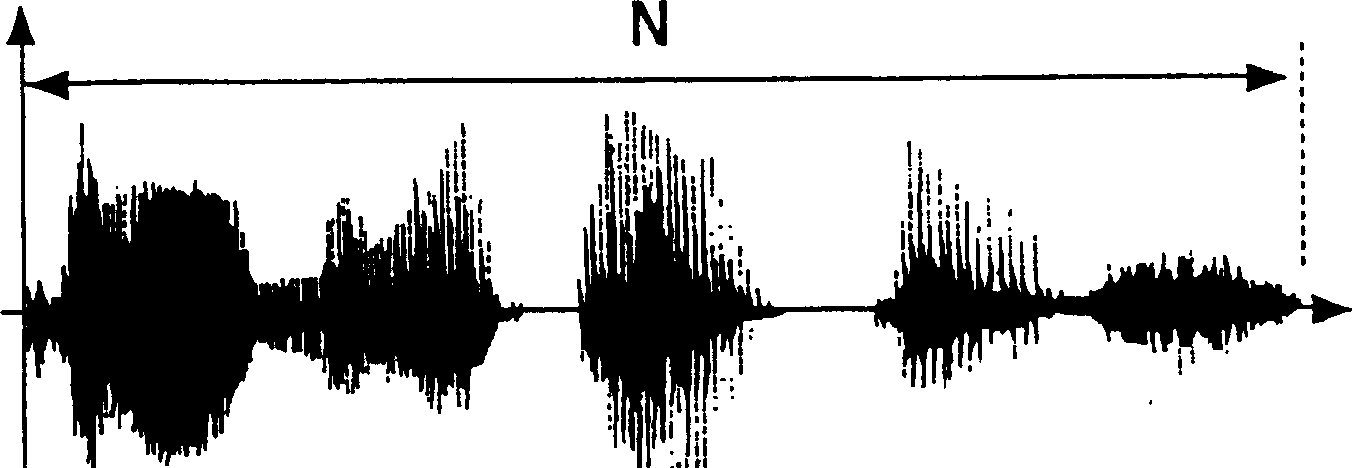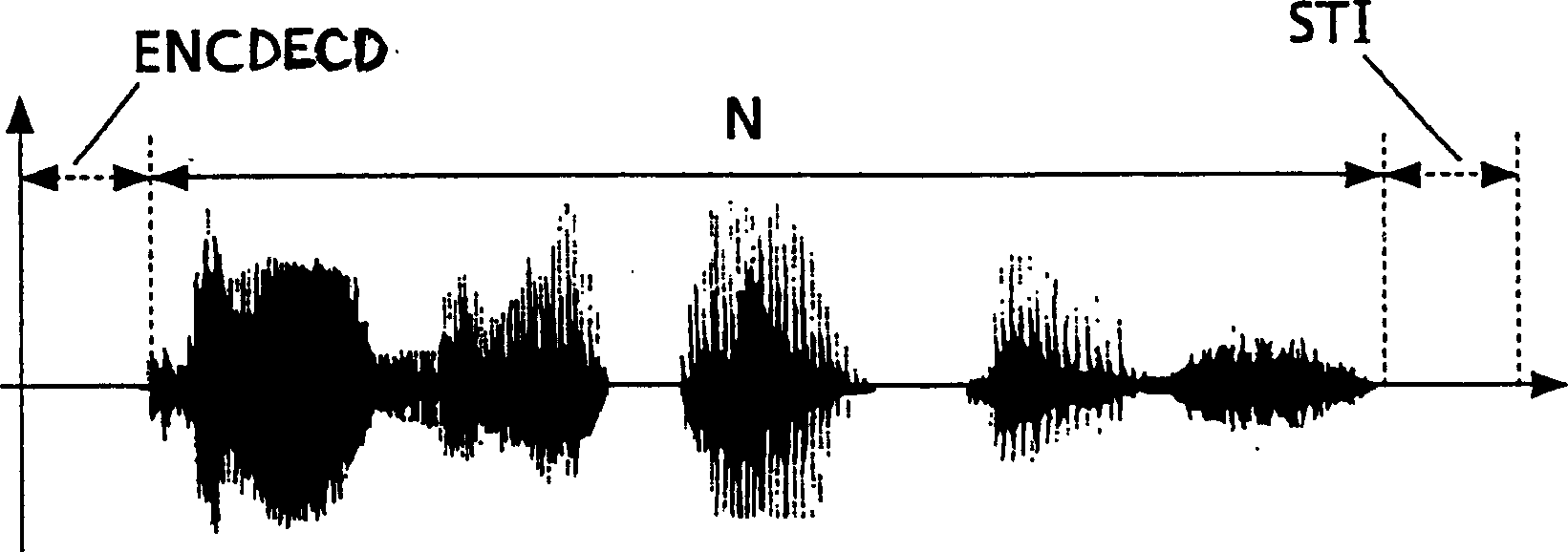Method and equipment for coding and decoding of digital information signal
A digital information and signal technology, applied in the field of encoding and decoding of digital information signals and equipment, can solve problems such as length troubles
- Summary
- Abstract
- Description
- Claims
- Application Information
AI Technical Summary
Problems solved by technology
Method used
Image
Examples
Embodiment Construction
[0023] In stereophonic or audio processing, the resulting analog signal (eg, the output of a microphone amplifier) is converted to a digital signal using sampling and quantization theorems. 'Sampling' means that the amplitude value of the signal is taken at a certain interval. The reciprocal value of the time interval is the sampling rate. According to Nyquist's law or sampling theory, if the highest frequency contained in the signal is only half of the sampling rate, the original content of the sampled signal can be restored without error. Typical sampling rates for audio processing are 44.1kHz and 48kHz, which correspond to sampling intervals or clocks of 22.67μs and 20.83μs, respectively. 'Quantization' is based on the quantization characteristic, so that the reduction of the magnitude value can be basically distributed to the finely resolved signal sample value. Consequently, the resolution of the magnitude values is limited, and an irreversible loss of information d...
PUM
 Login to View More
Login to View More Abstract
Description
Claims
Application Information
 Login to View More
Login to View More - R&D
- Intellectual Property
- Life Sciences
- Materials
- Tech Scout
- Unparalleled Data Quality
- Higher Quality Content
- 60% Fewer Hallucinations
Browse by: Latest US Patents, China's latest patents, Technical Efficacy Thesaurus, Application Domain, Technology Topic, Popular Technical Reports.
© 2025 PatSnap. All rights reserved.Legal|Privacy policy|Modern Slavery Act Transparency Statement|Sitemap|About US| Contact US: help@patsnap.com



